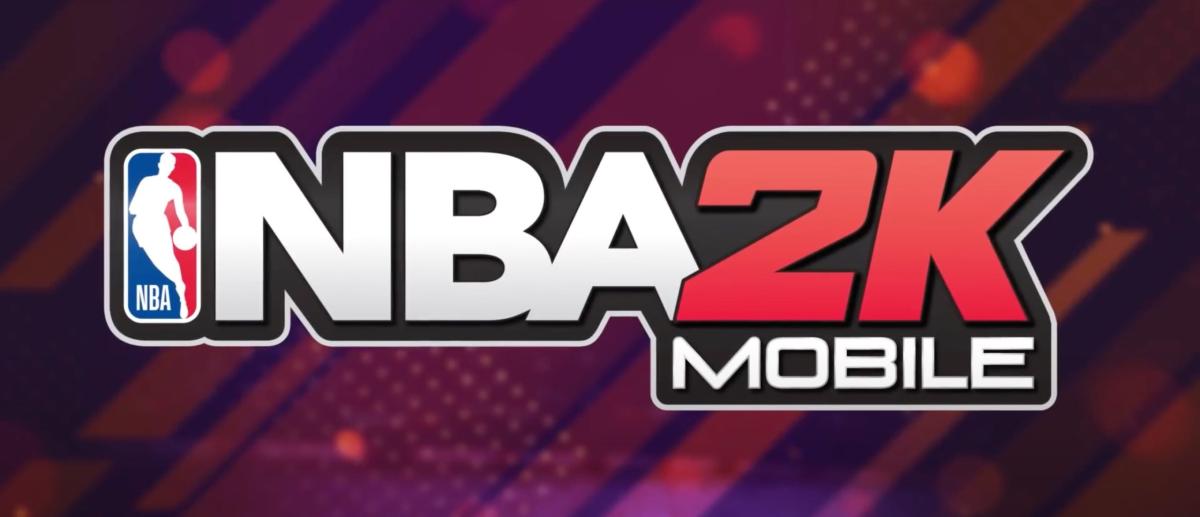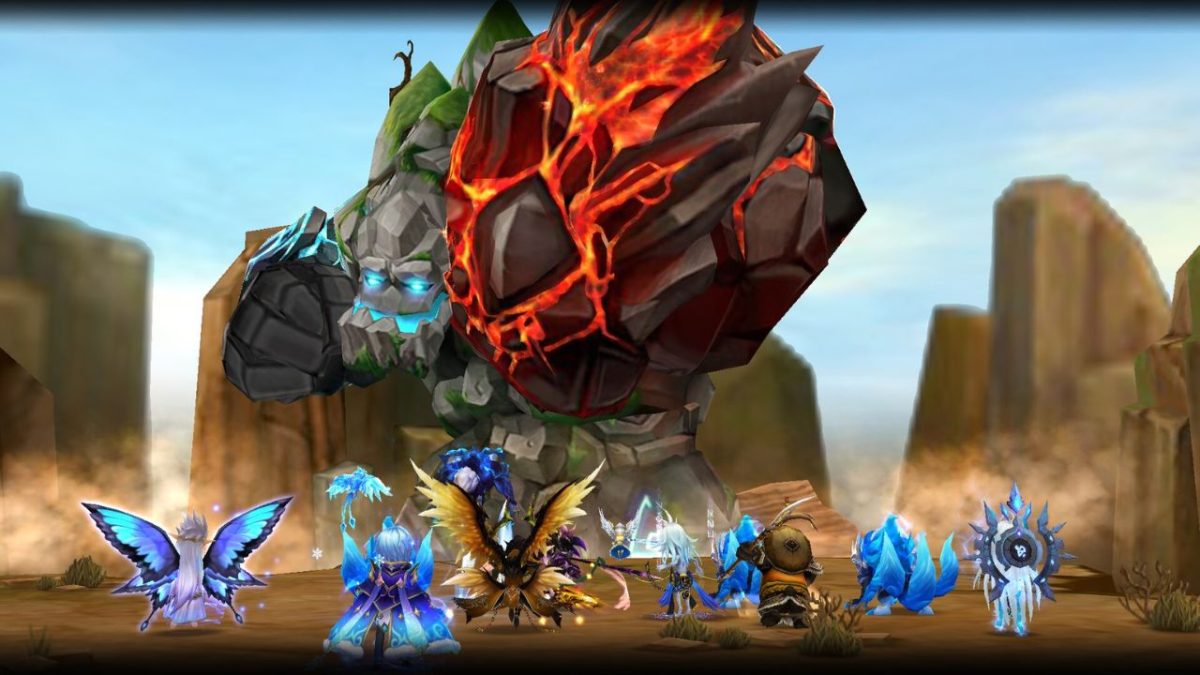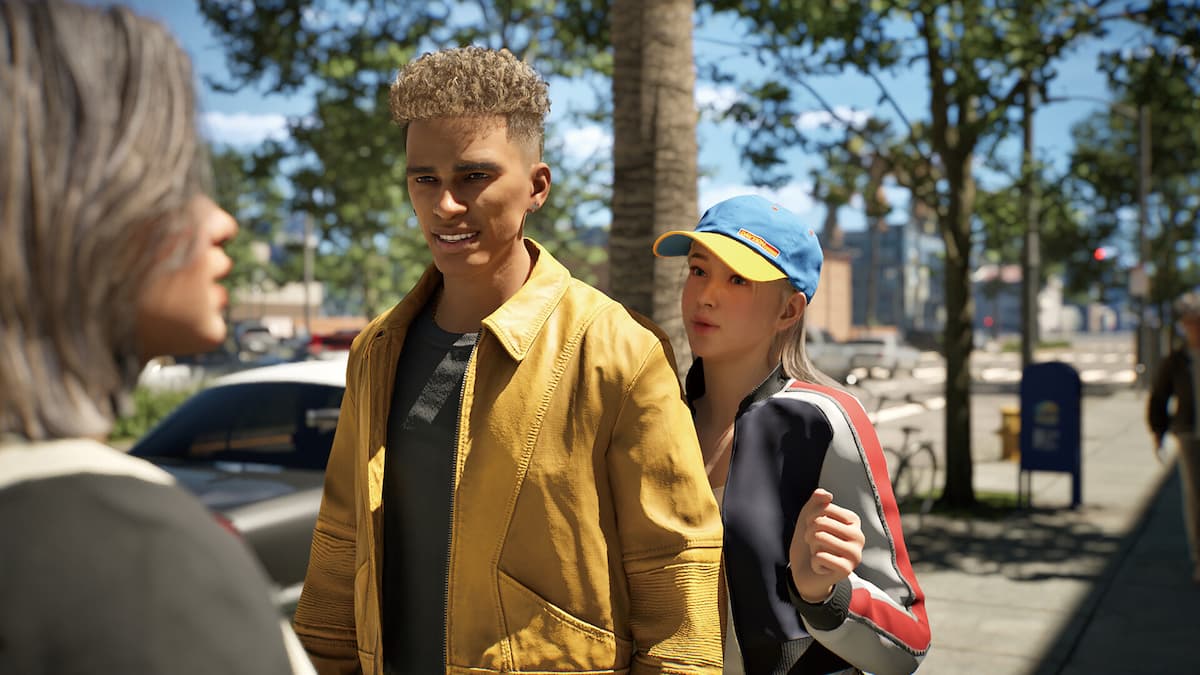Imagine you run a professional sports team. You’re given a choice between one of the best players in the game or taking a rookie and saving $20 million. You want to know: Will that player end up making me that $20 million back? Well, it’s hard to actually know.
The above situation—albeit, on a slightly smaller scale—describes how one professional Magic: the Gathering player, Pascal Maynard, felt as he made one of the biggest decisions of his life. He had finally made Top 8, the final table, at Magic’s largest tournament in history and came face to face with one of the most valuable cards in the set. And it was absolutely useless for him.
Put in his shoes, what would you have taken? Money for your wallet, or power for your deck?
Maynard, 22, has been trying to break into Magic’s pro scene for a long time. “I was introduced to the game when I was 10,” Maynard says. Once introduced to the Pro Tour, Magic’s premier tournament invitational series, he started doing everything he could to qualify.
Seven years of hard work finally yielded rewards, when he made the Canadian National Team at Magic’s World Cup. Since then, he’s made it to the playoffs in seven different Grand Prix opens, and has been invited to 13 Pro Tours. At heart, he’s a fiercely competitive player who wants one thing: a career playing the game he loves. Maynard’s ultimate goal is to become a “Platinum Pro,” which yields numerous benefits to competitive players, including tournament invites, byes, and appearance fees worth several thousands of dollars. Unfortunately for Maynard, to get there, he has to play the numbers.
To make it to Platinum Pro, he needs a 12-4 record or better at the next Pro Tour, in July. Placing well at Grands Prix can help, but Maynard already has several high finishes. In order to give himself more leeway in July, he’d need a top 2 finish in a Grand Prix—and even then, he’d still have to go 11-5 to make Platinum.
His trip to Grand Prix Las Vegas, then, became especially complicated. The tournament ended up drawing 8,000 participants. Finishing well at a massive tournament requires more than skill, Maynard says: luck would have to be on his side as well. “I wasn’t even supposed to go,” he adds. “Besides the money, going to Vegas was not worth it for me.”
But then his best friend decided to go, and when viewed as a fun trip to Sin City, Maynard finally caved: “We were gonna have a good time anyways.”
Grand Prix Las Vegas had a lot riding on it. Developer Wizards of the Coast and organizer Channel Fireball were promoting the event—Billed as the largest Grand Prix ever—with a viral campaign promising the weekend would “Make Magic History.”
The event was unique in that it would be the only Grand Prix to feature the Modern Masters 2015 set, a supplemental product that cost $10, compared to typical packs that only cost $4. In exchange for that cost, however, players participated in a much more high-powered draft environment than is typical at most events—filled with some of the most powerful cards from the last 12 years.
Some of those cards were in Maynard’s opening set, as he details in his tournament report over at Channel Fireball. Backed by the combined power of Karn Liberated, one of the most powerful planeswalker cards ever, and Comet Storm, arguably the best removal card in the format, he swept Day 1 with a 9-0 record.
Heading into Day 2, Lady Luck remained by Maynard’s side. After drafting UW Artifacts in the first pod, and UG Graft for the second, he slid into the Top 8 easily with a 13-1-1 record. His goal of reaching Platinum, or at least getting a slight leg up at the Pro Tour and making some serious Grand Prix prize money, was finally within reach.
The Top 8 draft started out well for Maynard—he stayed open throughout his first pack after a Spikeshot Elder first pick, and the dream RW deck was surprisingly open. Ideally, this deck uses equipment to pump the power level of his small creatures, then uses that power to punish opponents in various ways. However, when he opened his second pack and saw the top card, he knew this draft would be one for the record books.
A foil Tarmogoyf. Easily the most expensive card in Modern Masters 2015, a foil copy—a glossy, rare version of a card—will typically run about $350 on the secondary market. And with the official stamp of a pro tournament, the card’s value could run much, much higher. Considering each pack costs $10 retail, his ugly mug is exactly the thing you want to see smiling back at you when you crack open a pack.
But this wasn’t any ordinary crack. This was Grand Prix Las Vegas Top 8, and Maynard had no way to include the green Tarmogoyf in his red and white Equipment deck. Tarmogoyf simply has no synergy with his gameplan, and trying to splash in a third color would only be a liability. Still, Maynard figured the card could be worth upwards of $1000.
In just 45 seconds, Maynard had to decide whether to put the card directly into his pocket, or whether to take the best strategic option (in this case a common Burst Lightning, currently worth 11 cents). He also had to account for the entire reason he was there that weekend: The pro points, the first place cash prize of $4,000, and his possible Platinum status could all hinge on this one decision.
He presented the Burst Lightning to the camera, indicating it to be the correct pick, then slid it back into place. The commentators couldn’t help but laugh as he pulled out the foil Tarmogoyf and placed it on top of his deck.
Maynard’s tournament run from there ran afoul. His RW deck, sans a copy of Burst Lightning, couldn’t make it past the semifinals, where a BR deck sporting a Profane Command piloted by Lucas Duchow took down Maynard in two quick games. He exited the weekend with only $1,500, and more importantly, lacking the top 2 finish he needed for Pro Tour Magic Origins. Had his decision to take the Tarmogoyf cost him the tournament?
Discussion of his all-important pick quickly swept across social media. Pros seemed outraged that a player calling himself professional would choose the money over a better chance at winning.
Many fans quickly came to Maynard’s defense, however, admitting that they would have made the same decision in his place. Maynard, who was still in the middle of his Top 8 matches, had no idea that his decision had divided the Magic community.
“A few minutes before playing my quarter final match, I saw on Twitter what some pros said, I laughed and showed it to my friends. I did not immediately realize that they were kind of serious. After I was done with the tournament, I saw the shitstorm that was happening online, more pros giving their opinions and everyone else defending me.”
Magic history had been made, but it wasn’t the good kind. Arguments for both sides spread across the game’s message boards in the hours following the tournament. Ultimately, many supported Maynard and felt the pros were being too hostile. But it was impossible to ignore the fact that his choice weakened his deck. Maynard admitted as much in a Facebook post.
“I appreciate everyone trying to support me, but the fact is, I agree with everything [the pros] ”meant to say”. I find their choices of words a little bit aggressive, but I would’ve thought just about the same of any other pro in my situation… [I play] mostly to maintain the ability to travel, eat, pay rent and not have to work a regular job… From my lifestyle standpoint, now that I had more than 1 minute to consider what was on the line at that moment, I missplayed.”
To Maynard, the choice was again all about the numbers—$1000 meant attending more events, which would translate directly into continuing to play professionally, but it also meant a worse chance at winning that day. “I messed up in the heat of the moment,” he says in his tournament report, “Greedy capitalist human instinct took over.”
Maynard’s response soon spread across the same channels as his criticism. And in response, pro players apologized.
To Maynard, however, their criticism was spot on. “I thought this whole thing was a little ridiculous and it shouldn’t have been that huge of a deal,” he says, “I still appreciated the community kind of backing me up there, but I had not asked for it and never felt personally attacked as some people stated… I believe some of the pros are misunderstood, they are incredibly smart, but are not using the right words when it comes to giving their opinions online.”
One question remained for Maynard as he settled in back home in Quebec: What should he do with the Tarmogoyf?
Many people had messaged him about the card in the hours and days following the tournament. He knew that he always wanted to sell it, but decided to go a step further. After reaching out to a charity, Gamers Helping Gamers, he put the prized card up on eBay.
His listing briefly states the history of the card, noting the turmoil generated because of the pick. “I’m eager to see how much it can sell for… This pro player needs money to travel, but more importantly, some young Magic players might be unable to afford college. I hope we can change that!”
The eBay auction quickly took off, surpassing Maynard’s expectations very quickly. The Tarmogoyf almost acted as a rallying point, a defense for Maynard and players like him who have to scrape by on the fringes of professional play, just short of Platinum. This wasn’t just any foil Tarmogoyf—it was a unique trophy from Magic’s biggest weekend, with an excellent backstory that sums up many players’ feelings about the game.
By the time it closed, Maynard’s foil Tarmogoyf had reached $14,900, a 4,257 percent increase in value compared to a typical foil ‘goyf.
Wizards’ goal to “Make Magic History” had been achieved, but Maynard’s Tarmogoyf ended up stealing the spotlight. What’s more, discussion following the weekend was aimed primarily at addressing why a pro player was even tempted by such an expensive card.
Some fans point to the low $4,000 first place prize pool as one potential reason for Maynard’s decision. Surely, a tournament with over 8,000 registrants and a $75 minimum registration fee to enter could pony up a higher prize pool. Then there are all the additional sales that Wizard makes from such a big event.
“It’s a good point the community have stated,” Maynard says, “The prize structure for Grands Prix is too low. If it had been higher, I might have never even considered the $350 bill.”
Players have also brought quality control as another pain point, especially in regards to Modern Masters 2015. Maynard noted on the eBay auction listing that his Tarmogoyf had “two minor scratches on the top left border, probably caused by booster packaging.”
In the wake of what’s become known as #Goyfgate, Maynard and the rest of the community will now turn to Wizards to dictate how Magic and its competitive scene will evolve. With esports exploding this year, and with larger organizations like ESPN getting more and more involved, Magic has a gigantic opportunity to firmly set itself as a top title for those making to look a living in gaming.
As for Maynard, his thoughts now turn back to his career—Pro Tour Magic Origins, his next chance to become Platinum, is just around the corner. As for his Tarmogoyf, he’s just thankful for the way the Magic community responded. “I appreciate the support I’ve been given and even the apologies that the high profile players wrote, but really, it’s not that big of a deal to me,” he says, “If a billion shares and retweets means a huge donation to a charity, then I approve of all that.”
But what if he had to make the same choice knowing what he knows now? “If it was going to create a huge mess again and a $10,000 plus card—of course yes, I’d do it every time.”













Published: Jun 11, 2015 01:05 pm